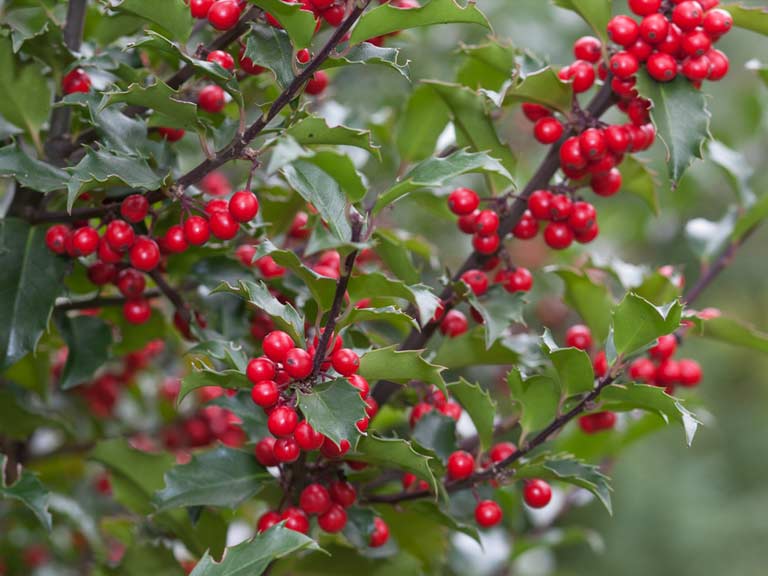 |
| Photo of seagrass. From pixabay.com |
Seagrass plays a vital role in reducing coastal erosion as the dense root structures bind the soil together, stabilising the sediment and protecting coastal settlements. The rhizome roots grow horizontally, binding the top soil that often comes loose from waves. This can also reduce the turbidity as less suspended sediment increases the amount of sunlight available to the seabed, in turn increasing seagrass growth. The dense root system can also stabilise any pollutants, such as toxic metals, in the sediment preventing them from travelling with the current. This improves water quality which helps to maintain biodiversity and improve human health, particularly in coastal regions.
As seagrass are photosynthetic, they help to remove carbon dioxide from the atmosphere helping to reduce the impact of the enhanced greenhouse effect. Seagrass meadows account for 10% of carbon storage in the ocean, totalling 27.4 million tonnes annually. This is more than terrestrial forests suggesting that the maintenance of seagrass will have a greater impact on helping to maintain surface temperatures, reducing sea levels rising and reducing ocean acidification. The high amount of carbon is also a reason for high soil fertility within seagrass meadows and has previously been used as fertiliser. This also encourages juvenile plant growth increasing the seagrass population further.
One major threat to segarass meadows is from the boating industry and propellers and anchors can damage the plant or uproot entire sections of the meadow. Segarass provides a physical habitat for many species, including many seahorses, that are at risk of a reduced population, subsequently reducing the genetic diversity of the species. The lack of seagrass growth can also result in eutrophication caused by algal blooms. This causes oxygen in the water to decline reducing biodiversity within these areas even further. Seagrass is also home to several commercial species, such as shrimp and scallops, and the protection of these habitats can help improve and maintain a sustainable fishing industry in coastal region. With proper management, fisherman can have limited access to these areas and quotas should be enforced at the maximum sustainable yield to prevent any damage to seagrass. Reduced seagrass cover not only reduces habitat, but it also decreases the rate of carbon sequestration, a possible increase in turbidity and a decrease in coastal water quality as well as several more ecosystem services being impacted.
To evaluate, seagrass meadows are important marine species that are often over looked and are often seen as seaweed and are therefore not prioritised. However, recently many of these areas have gotten effective management schemes that will hopefully contribute to an improvement in the quality of these habitats. I feel it is important that primary producers within the marine food web are conserved correctly in order to conserve species at higher trophic levels.
Resources -
- Project Seagrass: https://seagrass.org.uk/
- The Wildlife Trust: https://www.wildlifetrusts.org/habitats/marine/seagrass
- Current state of seagrass ecosystem services: Research and policy integration: https://www.sciencedirect.com/science/article/abs/pii/S0964569117304325?casa_token=dKzVqvrcaLsAAAAA:gIPbS_1tHhrDm_cFu5LXpIHowIh75f0u4FKqew-B_yWRjwFnB0Uuo3hACgzS8gsVGYA7dLnl
- Critical gaps in seagrass protection reveal the need to address multiple pressures and cumulative impacts: https://www.sciencedirect.com/science/article/pii/S0964569119303035
















